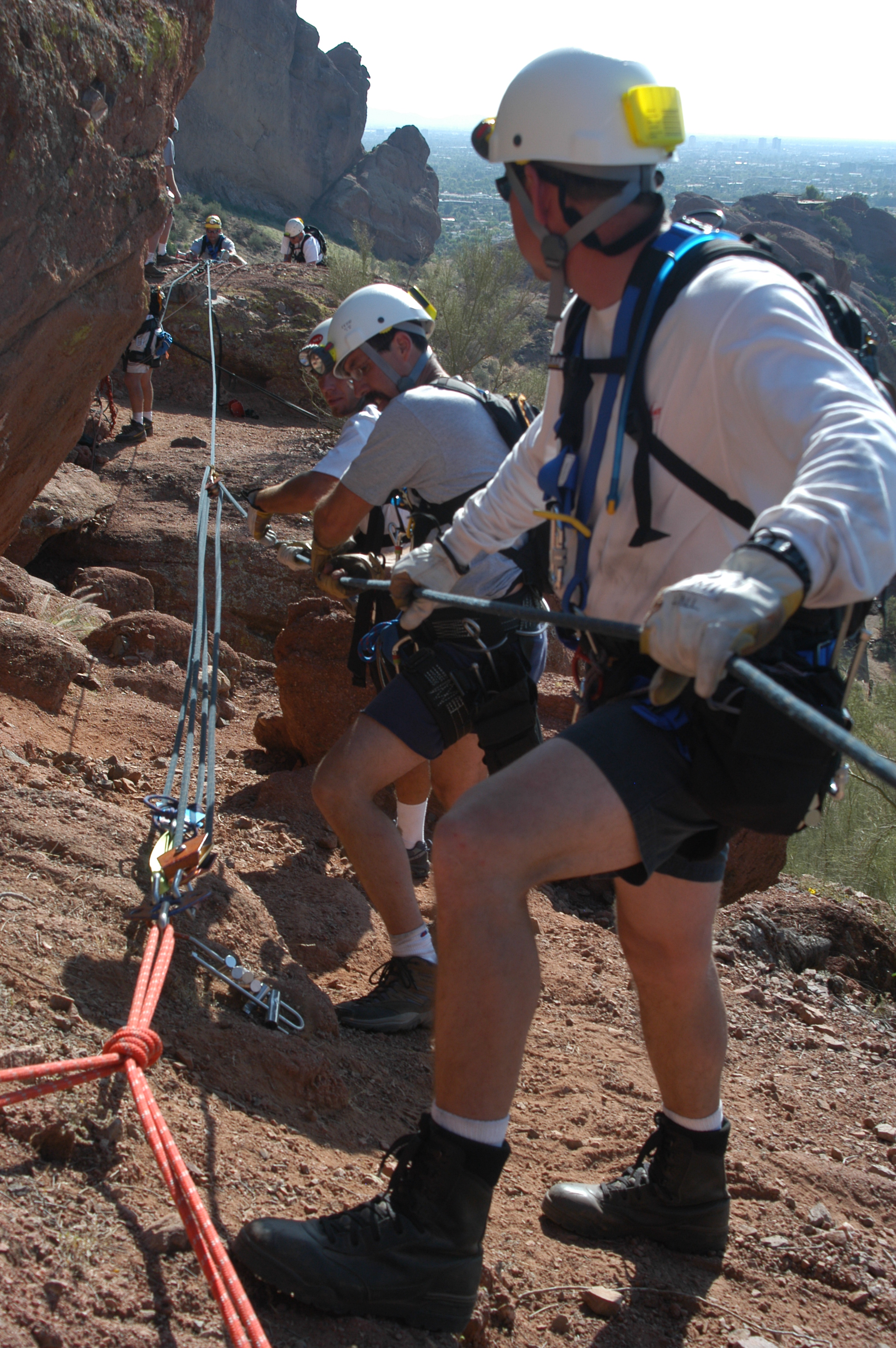

The Rescue Comprehensive does not include instruction in missing person searches or avalanche rescue, but does cover all other elements of the accreditation.

The MRA has three components for individuals:Search, Technical Rock Rescue and Snow and Ice Rescue. Mountain Rescue Association Accreditation Requirements: The Technical Rope Rescue Comprehensive will provide students with the baseline skills required by the Mountain Rescue Association for accreditation in both low and high angle evacuation on rock, in snow and on ice. The Technical Rope Rescue Comprehensive meets or exceeds the criteria set forth by the following agencies and organizations: While some may take the rescue comprehensive to build their rope rescue skills, others must complete the course to meet the requirements of an agency. Second, while heavy front-country roadside and industrial rescues are addressed, the focus of the program is on light backcountry scenarios. Instead of spending time on base-level climbing skills like simple belays and rappels, time is spent on "high-end" technical rescue scenarios. First, the AAI Technical Rope Rescue Comprehensive has been designed for competent technical climbers and mountaineers. The difference between the AAI model and the other programs available are twofold. Rope rescue training programs with experienced instructors exist all over the United States and most of them provide a high level of training. As a result, those who complete this course will have an extremely high level of skill in all forms of technical rope rescue and will be able to work dynamically in all forms of steep and high-angle rescue. It is perhaps the only rope rescue program to combine the concepts developed for team rescue with those designed for self-rescue. With this problem in mind the American Alpine Institute developed the most comprehensive technical rope and mountain rescue course offered in the country. Most either fall squarely in the "climber-self-rescuer" mold or in the "organized-team-rescue" mold.

Unfortunately, most rescuers don't have the skills to deal with all three of these examples. The first example in the scenario list is exactly what recreational rock and ice climbers may encounter, while the second and third examples are far more likely to be encountered by organized first responders. Each of the situations requires a high level of proficiency in planning and incident response, risk management, and finally technical rope rescue work. However, there are many core rescue skills in each scenario that remain the same. The resources available in each situation are different and the responses are different. Jefferson MorrissĮach of these scenarios are radically different from one another. A climber navigates a roaring river with a tyrollean traverse.


 0 kommentar(er)
0 kommentar(er)
